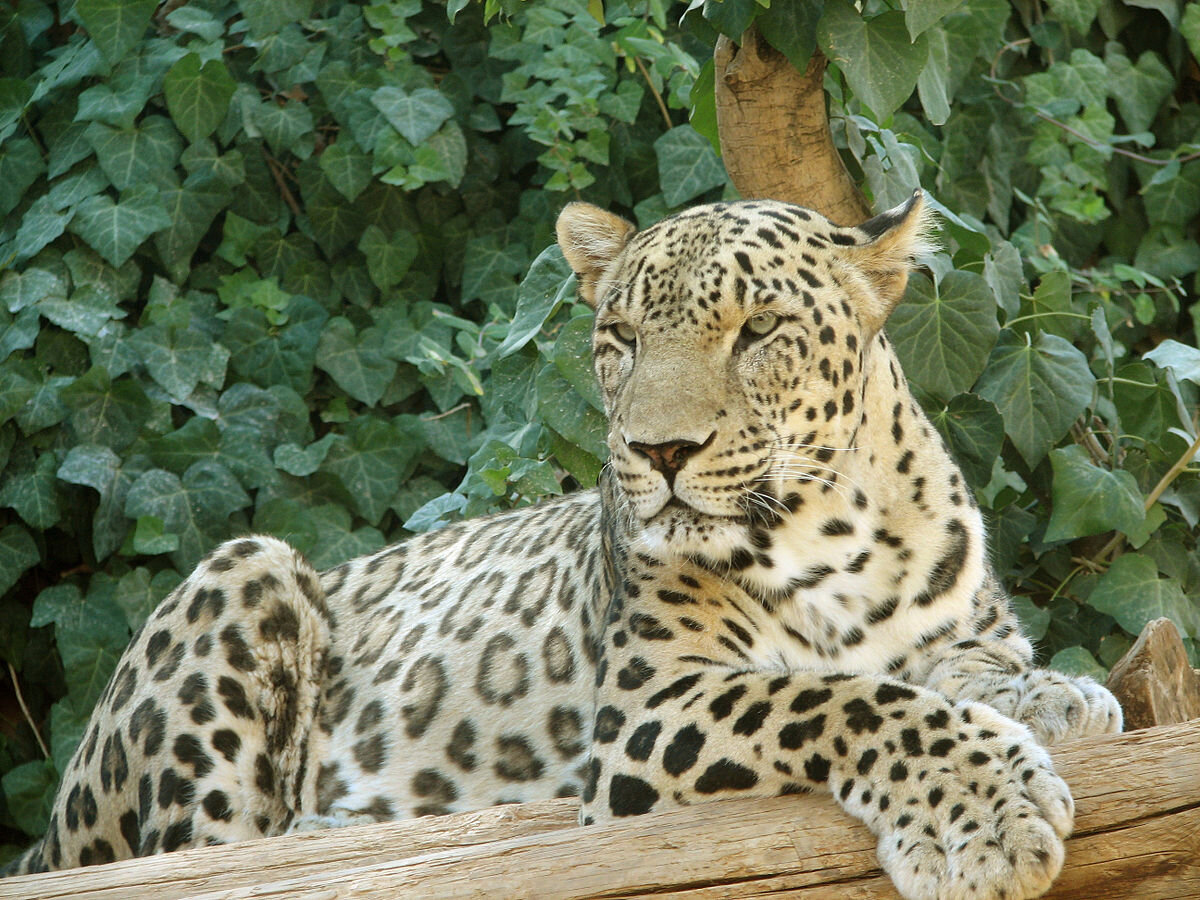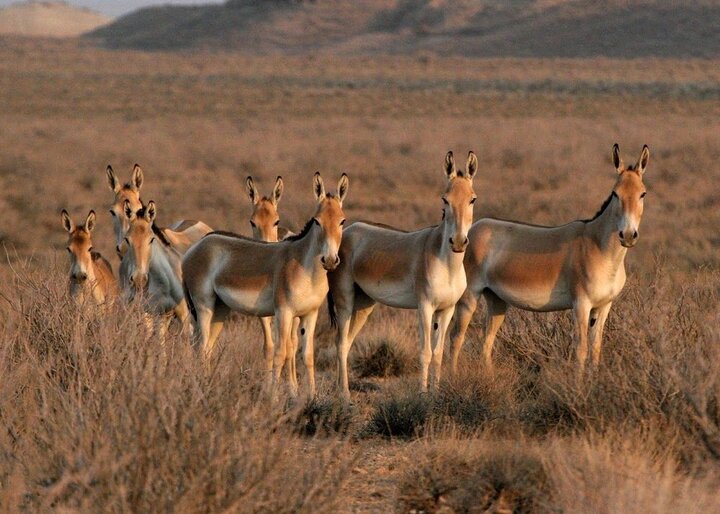Iran (IMNA) - In addition to direct habitat destruction, these activities have also led to pollution and climate change, further exacerbating the problem. The consequences of this human-led destruction are far-reaching and have ripple effects throughout entire ecosystems. As wildlife populations decline, so do the services they provide, such as pollination and seed dispersal. This loss of ecosystem services can have cascading effects on other species and ultimately impact human well-being. It is imperative that we take action to address these issues through conservation efforts and sustainable practices that prioritize the protection of our natural world.
Currently, about 128 species of animals and vertebrates in Iran are at risk of extinction, some of which are not in good condition, and amphibians are the most vulnerable in this area. This alarming situation calls for immediate action to protect these endangered species.
The Asiatic cheetah, yellow deer, black bear, and Persian zebra are all on the verge of extinction.
Despite being native to Africa, zebras have adapted well to the Iranian climate and have become an integral part of the country's ecosystem. Visitors to Iran can see these magnificent animals up close in their natural habitats, where they roam freely and contribute to the rich biodiversity of the region.

These amazing animals can be found in two distinct habitats within the region. The first is located in the Turan protected area, which is situated in the southern part of Semnan province. Here, approximately 250 zebras roam freely, creating a stunning sight for visitors and locals alike. The second habitat can be found in the Bahramgur protected area, located in the southeast of Fars province. This area is home to an impressive 1,200 zebras, making it one of the largest populations of these animals in Iran.
The Asiatic cheetah, also known as the Iranian cheetah, is a critically endangered species that is facing numerous threats to its survival. With a population of less than 30 individuals in Iran, this majestic animal is on the brink of extinction. Habitat loss due to human encroachment, poaching for its skin and body parts, and a lack of prey are some of the main reasons for its decline.

Additionally, one of the most significant animals in the world is the Persian yellow deer. These deer are listed on the red list and in the EN category on the list supplied by the International Union for Conservation of Nature, which is a list of species that are thought to be in danger of going extinct.
Additionally, one of the most significant animals in the world is the Persian yellow deer. They are known for their striking yellow coat, which helps them blend into their surroundings.
These deer are listed on the red list and in the EN category on the list supplied by the International Union for Conservation of Nature, which is a list of species that are thought to be in danger of going extinct.
In the provinces of Khuzestan and West Azarbaijan's "Ashk" Island and "Dez" National Park, the deer have only been released into a small number of habitats.
In the provinces of Ilam, Yazd, Fars, West Azarbaijan, and Mazandaran, they are also housed in breeding and reproduction centers.

By establishing breeding centers and carefully managing their release into the wild, conservationists hope to ensure that future generations can enjoy the beauty and grace of these animals. However, much work remains to be done in order to fully safeguard their future.
Another endangered species in the country is the Asian black bear, also referred to as the Baluchi black bear. It is scarcely found in the provinces of Kerman, Hormozgan, and Sistan-Baluchestan and is primarily found in forested environments, particularly in mountainous regions at altitudes of 500 to 2,700 meters.
In order to manage the current dire situation and stop the extinction of endangered species, it is crucial to employ international capacities. Protecting the biodiversity and animals within the country’s natural resources would not be enough. We need to establish global partnerships and cooperation to address the root causes of habitat destruction. This requires political will, financial resources, and public awareness campaigns to educate people about the importance of protecting wildlife.
Conservationists are working to preserve natural habitats and reduce hunting while also educating the public about the importance of protecting endangered species. It is important that we take action now to ensure that future generations can continue to admire the beauty of these beautiful creatures.
With concerted efforts from government agencies, conservation organizations, and individuals alike, we can work towards preserving vulnerable animals for future generations to enjoy.


Your Comment